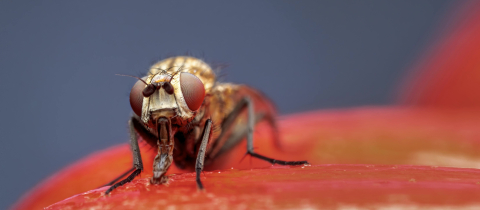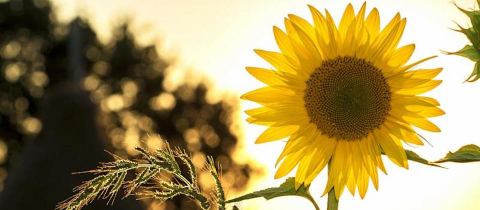Records indicate that red marine algae, a form of Traditional Chinese Medicine (TCM) dates back to approximately 300 B.C. As is the case with many such products it was recommended for a variety of conditions but modern science does support a possible role in the treatment of viral infections such as those caused by the Herpes Simplex Virus—Type I (HSV-1). In other words, cold sores.
Herpes is a group of viral disease caused by the herpes viruses. Most of the time, individuals are unaware that they are infected since it is common to not experience symptoms. The virus lies dormant in the body until an outbreak is triggered by some sort of stress. Since there is no cure for herpes, attempts have focused on treatments to inactive the virus or to decrease infection recurrence.
One study along these lines, undertaken in 2009 in New Zealand, confirmed the strong link between red marine algae and virus inactivation. Various extracts of different types of algae were tested. Among those tested against HSV-1 and HSV-2 was that of Gigartina atropurpurea, a type of red marine algae. The algae extracts demonstrated activity during the first hour of viral infection. However, the algae extracts were ineffective if added later. Nonetheless, after various assays, it was determined that at low concentrations the extracts were active and had potent virucidal activity. Further investigation to prevent HSV infection in humans was indicated.
Previous studies have elucidated the mechanism by which red marine algae may inactivate viruses. Many marine algae species contain complexes of “structural sulfated polysaccharides” which are the candidates for anti-viral activity. These compounds interfere with the early steps in viral replication by preventing the virus from attaching to a host cell. Viruses cannot multiply by themselves, they need to invade a host in order to replicate.
“Sulfated polysaccharides” are a class of compounds with some structural variation. The 2009 New Zealand experiment concluded that these structural variations definitely impacted the extent of the antiviral activity against HSV-1 and HSV-2. Sulfation patterns and the molecular weights of the polysaccharides play a strong role in the antiviral activity of algae. It is the sulfate groups on the molecule that bind to the glycoproteins on the surface of viruses that are needed to invade host cells. Understandably, polysaccharides with low degrees of sulfation tend to be inactive.
So far researchers have not been able to come up with standardized versions of red marine algae that have been shown to be clinically effective. But the potential is there. The problem is that there are some 4000 species of such algae, some of which may work against some viral infections but not against others. It seems that there is some evidence that Gigartina skottsbergii is the one that is active against shingles but without any regulations about proper labeling and without any requirement for verification of contents, it is a crap shoot. There appears to be no evidence of harm from such extracts so that someone suffering from shingles may wish to give it a try. The best way to reduce the risk of shingles is to get vaccinated.







